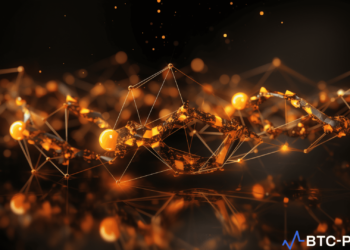On the 31st of October 2022, Aragon announced a milestone of 5000+ decentralized autonomous organizations and over $760 million in TVL has been secured by the project.
Since launching in 2018, 5,000+ DAOs have been built and more than $760M TVL is secured in Aragon smart contracts. A feat we would have never been able to achieve without the community behind us. 🦅
— Aragon 🦅 (@AragonProject) October 31, 2022
Aragon announced its whitepaper in April 2017, and by May 18th of the same year, they launched the ICO, which amassed a total of $25 million. By June 2018, they launched a test for the AragonOS which was audited by Consensys providing assurances of its quality.
They launched on the mainnet on October 30th, 2018. Since its launch four years ago, the Aragon project has seen major expansion and use cases, bringing in such powerhouse projects as Decentraland, Lido finance, and API3.
Aragon is a decentralized autonomous organization (DAO), that creates infrastructure focused on the speedy creation of DAOs.
In summary, Aragon is a DAO for building DAOs.
The project allows developers to customize and ship out DAO infrastructure quickly. This makes Aragon a unique project that’s been adopted by other decentralized bigwigs.
The core member of Decentraland, Yemel Jardi, called Aragon a battle-tested DAO and the best option to build DAOs that hold assets. Another member of Lido finance’s Development team, Victor Suzdalev, was surprised at Aragon’s security and power which saved them six months’ worth of work time.
Aragon achieves the above by creating a digital judiciary system that would be governed by stakeholders. This means users will be able to make and amend stipulations and laws, including the core constitutes of the network. Thus, Aragon is a project that allows its users full control over deciding their future.
Another feature of the Aragon project is the courts of Aragon. The notion is to build a decentralized justice system that rules on cases impartially by using the rule of plurality. The aim is to find the most likely outcome or the subjective truth in a dispute.
To avoid getting attacked, participants or Jurors are categorized according to their use of the tokens. And there are fail-safes built to ensure the same participants with high stakes haven’t been chosen for multiple disputes.










